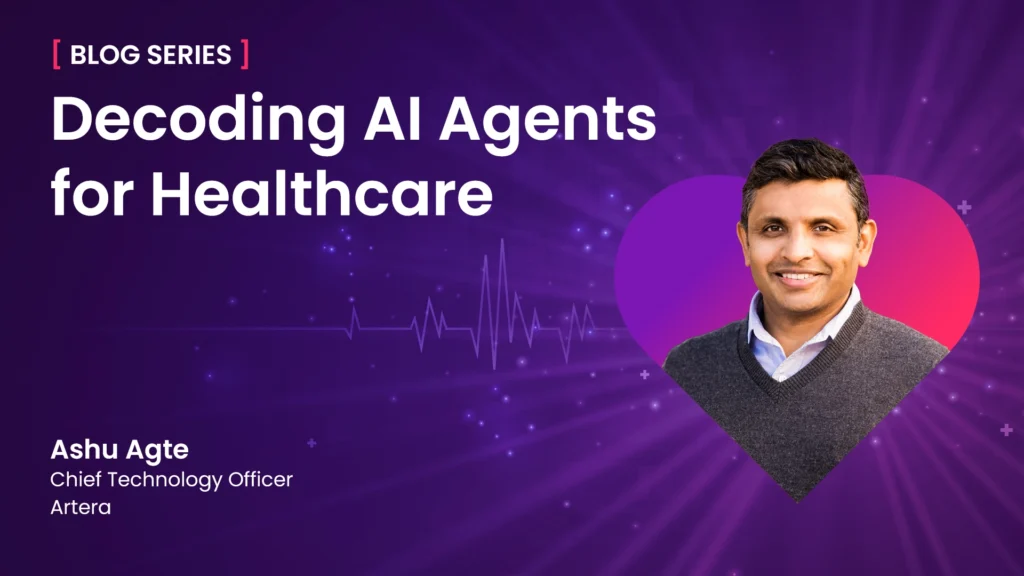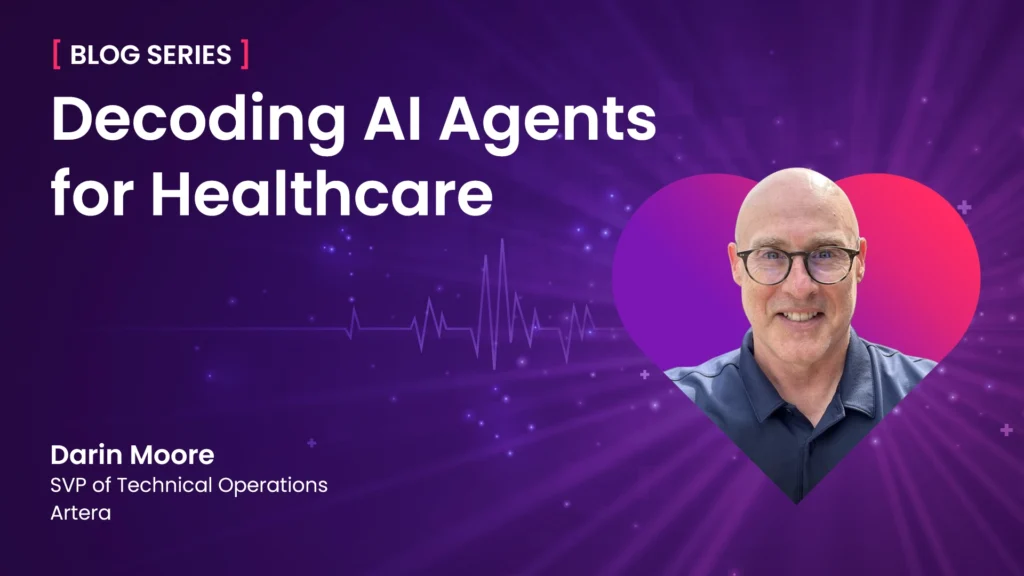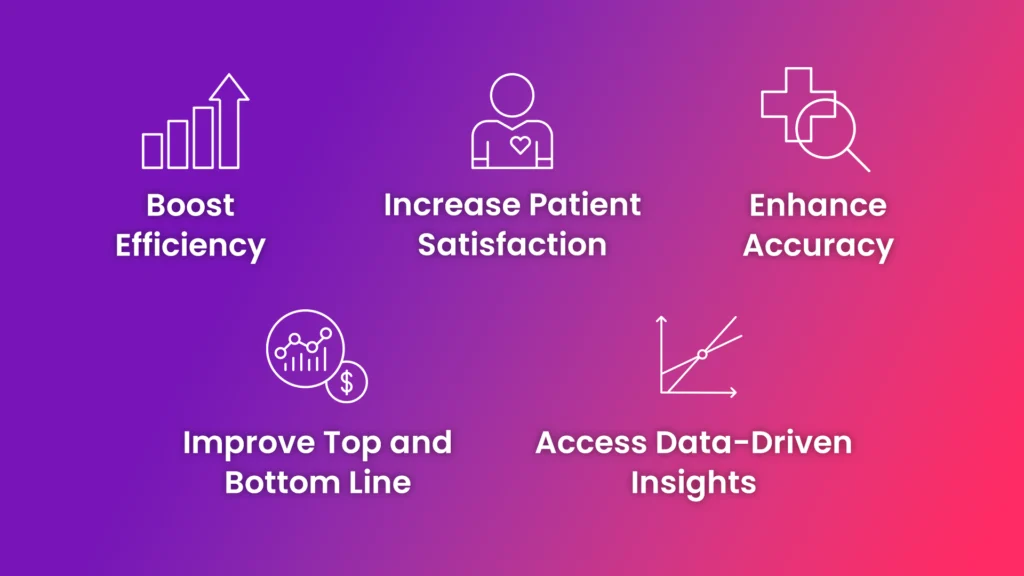As AI agents become more sophisticated, the need for secure, structured communication between agents and systems has never been more important. Enter Model Context Protocol (MCP) – a new approach that’s redefining how AI agents interact with external systems while maintaining strict security boundaries.
While traditional APIs have served machine-to-machine communication well, they now fall short when it comes to agentic AI interactions. MCP fills this gap by providing a specialized protocol designed specifically for AI agents, complete with built-in security features that help prevent data spillage and reduce hallucinations.
What is Model Context Protocol (MCP)?
Model Context Protocol is a new standard for connecting AI models to external tools, data sources, and services, so they can more effectively communicate. Essentially, it functions as an API designed specifically for AI agents. Developed by Anthropic as an open source protocol in late 2024, MCP has quickly gained traction across the industry, despite being less than a year old.
Think of MCP as the evolution of how systems communicate. Where REST APIs and GraphQL handle traditional machine-to-machine interactions, MCP creates a structured pathway for agents to access system capabilities without compromising security or data integrity.
The protocol operates on a simple but powerful premise: instead of giving agents direct database access or unlimited system permissions, MCP creates a controlled interface that defines exactly what an agent can and cannot do. This approach fundamentally changes how we think about agent-system integration.
The Three Pillars of MCP
MCP architecture consists of three core components that work together to create a comprehensive communication framework:
Pillar #1 Tools (The Agent’s Capabilities)
Tools represent the specific actions an agent can perform within a system. These are discrete functions that agents can call to interact with external services. Each tool has a defined scope and purpose. An agent cannot perform actions beyond its available toolset, creating natural boundaries around what’s possible during any interaction.
For healthcare applications, tools might include:
- Finding open appointment slots for rescheduling
- Booking new appointments
- Processing referrals
- Triaging patients to appropriate care levels
- Canceling or confirming existing appointments
- Escalating complex cases to human staff
Pillar #2 Resources: Static Information Repository
Resources encompass all the static information an agent needs to function effectively. This includes structured data like databases, documents, and reference materials that don’t change frequently. Resources provide agents with the contextual knowledge they need, without requiring real-time database queries for every piece of static information.
Common examples of resources include:
- Provider directories with doctor locations, specialties, and working hours
- Facility information like building locations and available services
- Parking and navigation details
- FAQ databases
- Policy documents and care recommendations
Pillar #3 Prompts: Contextual Communication Guidelines
Tied to the available resources and tools, prompts define how agents should respond in specific situations. They’re pre-written response templates that ensure consistent, appropriate communication based on the context of the interaction.
For instance, when an appointment scheduling tool returns no available slots, the associated prompt might guide the agent to say: “I couldn’t find any available appointments for your preferred time. Would you like to adjust your date range?”
This component ensures that agents maintain professional, helpful communication even when systems return unexpected results or errors.
These three pillars of MCP architecture (tools, resources, and prompts) create a comprehensive framework that addresses the key challenges of agent deployment: capability definition, information access, and response consistency. This structured approach not only enhances security but also improves the reliability and predictability of agent interactions.
Security Through Structure: How MCP Protects Data
One of MCP’s most significant advantages is its approach to security, which operates on multiple levels to protect sensitive information and prevent unauthorized access.
Hallucination Mitigation
Traditional agent implementations often gave AI systems direct database access, creating opportunities for hallucinations when agents generated plausible-sounding but incorrect information. MCP addresses this by normalizing data exchange and reducing ambiguity.
For example, when an MCP server receives a specific date from an agent, like “September 26, 2025,” (rather than sharing the numbers in a different order, such as 26-09-25), there’s little to no room for misinterpretation. The MCP can translate the data into its own specification for the agent, providing structured, verified responses, rather than constructing replies from raw database queries. This structured approach significantly reduces the likelihood of agents fabricating information (hallucinations).
The protocol also limits agents to only the information explicitly provided by the tools they call. If a tool is designed to verify patient appointments, it returns only verification status – nothing more. This prevents agents from accessing or inferring additional data beyond their designated scope.
Data Containment and Access Control
MCP creates strict boundaries around data access through its tool-based architecture. Agents can only access information through predefined tools, and each tool has specific parameters and return values.
This approach prevents data spillage in several ways:
- Limited scope: Tools only return the specific information they’re designed to provide
- No direct database access: Agents cannot make arbitrary queries or access raw data
- Structured responses: All information comes through controlled, formatted channels
If someone attempts to trick an agent into providing unauthorized information – like requesting a patient’s social security number – the agent simply has no tool capable of retrieving that data. The response would be: “I don’t have the capability to access that information. Would you like me to forward you to a human to answer that?”
Preventing Jailbreaking Attempts
Jailbreaking occurs when users try to manipulate agents into providing information or performing actions they shouldn’t. Classic examples include convincing an AI that harmful requests are actually for fictional purposes or creative projects.
MCP’s architecture makes jailbreaking significantly more difficult because agents physically cannot access information beyond their tool capabilities. Even if an agent were somehow convinced to attempt unauthorized data access, the underlying system simply doesn’t provide that pathway.
For healthcare applications, this is particularly crucial. Even if an agent hallucinates and generates a fake social security number or medical record number, that information isn’t sourced from actual patient data – it’s purely fabricated and can be detected and flagged by monitoring systems, like Judge LLMs.
The Future of Agent-System Communication
Model Context Protocol represents a fundamental shift in how we architect AI agent interactions. By providing structured, secure communication channels, MCP enables more sophisticated agent capabilities while maintaining strict security boundaries.
Many tech companies, including Artera, are already implementing MCP servers to integrate agent interactions with their platforms. This growing adoption suggests that MCP is on track to become a standard protocol across the tech industry, similar to how REST APIs became ubiquitous for web services.
While MCP shows great promise, we’re prioritizing security as the protocol continues to mature. For example, our MCP server operates within a controlled environment, accessible only to authorized agents, rather than being publicly available on the internet.
As the protocol matures, we anticipate enhanced security standards, broader industry adoption, and more sophisticated toolsets that enable agents to handle increasingly complex workflows. I believe that organizations – such as Artera – which adopt MCP early are well-positioned to leverage these advances in agentic AI while maintaining robust security practices.
Today’s healthcare market is saturated with AI agent solutions, making vendor evaluation difficult for healthcare providers amidst similar claims and significant costs.
To simplify your evaluation, we’ve identified the top five factors that distinguish Artera’s AI agents today. Whether you’re new to AI agents or well into your research for a partner, we hope this distillation proves valuable.
Artera’s blog posts and press releases are for informational purposes only and are not legal advice. Artera assumes no responsibility for the accuracy, completeness, or timeliness of blogs and non-legally required press releases. Claims for damages arising from decisions based on this release are expressly disclaimed, to the extent permitted by law.



